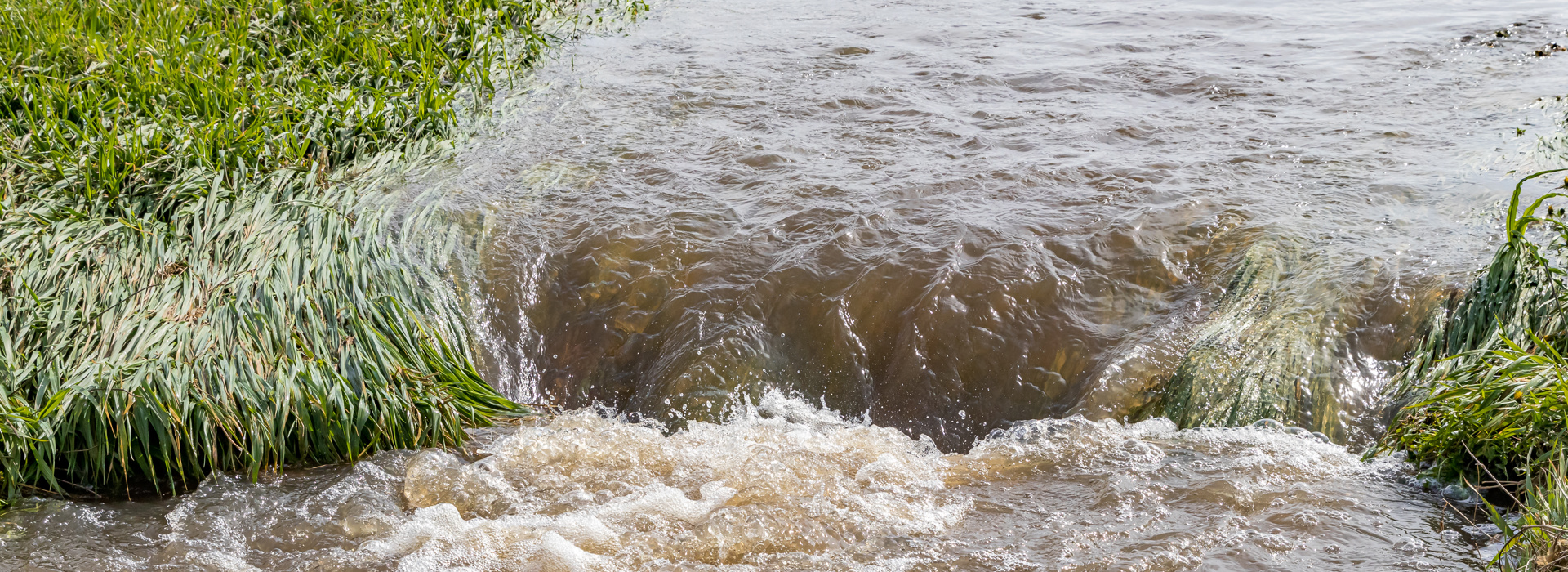When looking at Europe, the Alps can be seen as Europe’s water tower, providing between 25 and 50% of water through the continent’s main rivers, Danube, Po, Rhine and the Rhône. The lack of snow on the Alp mountains mostly led to discussions about how ski holidays were affected, but another more essential aspect is how low snow levels lead to significant lower melting water levels and therefore unusually low river levels, and with them water supplies for the people and plants along their banks. But also countries not relying on the Alps are experiencing low rainfall levels. Spain’s country is both high and dry and has experienced multiple droughts throughout history. Most of its water is in the north, but Spain’s southern parts the reservoirs are running low. Looking at country level, reservoirs are generally well filled in Spain, as well as France and Switzerland. But a dry spring may lead to problems in agriculture and the dependence on Europe’s hydroelectric plants.
The need for well organized water management
These problems underpin the necessity of well organized water management. Water management in Europe is a complex and multifaceted issue that involves a wide range of stakeholders, including government agencies, NGOs, industry, and local communities. The management of water resources in Europe is influenced by a variety of factors, including climate change, population growth, urbanization, and changing patterns of land use. Water management in Europe is a complex and multifaceted issue that involves a wide range of stakeholders, including government agencies, NGOs, industry, and local communities. The management of water resources in Europe is influenced by a variety of factors, including climate change, population growth, urbanization, and changing patterns of land use. To address these challenges, European countries have developed a range of policies, laws, and management strategies to promote sustainable water use and protect water resources. The European Union has also established several directives and frameworks that set common standards for water quality, water use efficiency, and water resource management across the member states.






